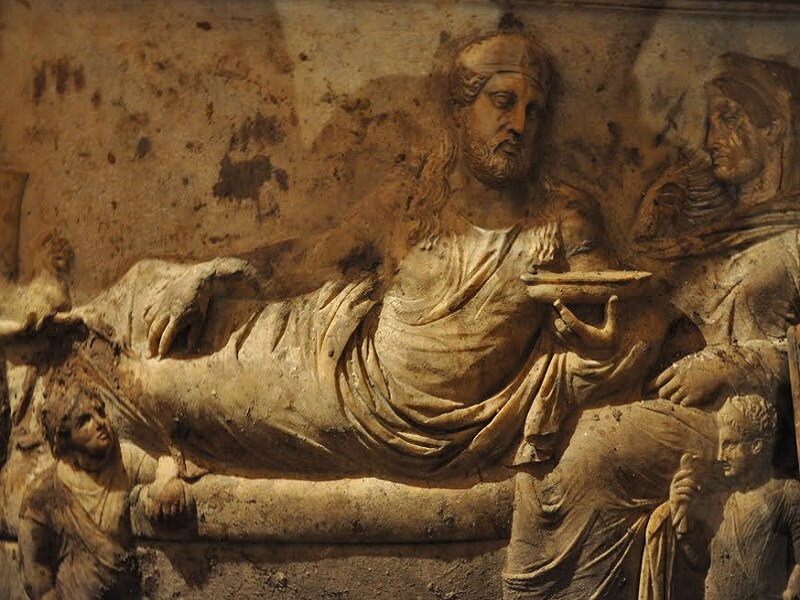Hekatomnos Mausoleum – Excursion to Historical Places in Mugla

Hekatomnos Mausoleum (Hecatomnus), Milas is a district that is not very popular in terms of tourism, where those who go to Bodrum pass quickly. However, Milas, which is the administrative center of the whole region in the historical scene, also contains very valuable works in this respect.
Hekatomnos Mausoleum is one of them. The work remains within the area of the Milas Museum, and in addition to the Tomb, there are the Honor Column of Menandros, the Milas Mansion, which exemplifies the cultural structure of Milas, the Welcome Center and the Milas Carpet Museum. The mausoleum is still excavated and cannot be visited in order to preserve the artifact.
However, it is very nice to find explanations, drawings and photographs about the mausoleum and its history in the welcoming building right next to the tomb. It is a beautifully designed environment from an archaeological point of view. If you are also interested in the history of Caria, I would say don’t miss it.
The Dazzling Hekatomnos Mausoleum in Milas Mugla!
The Hekatomnos Mausoleum, a structure of breathtaking beauty, stands as a testament to the rich history and architectural prowess of the region. With its remarkable design and vibrant colors, this magnificent monument has become a must-visit destination for history enthusiasts and adventure seekers alike.
Step into the world of ancient Anatolian culture as you visit the awe-inspiring Hekatomnos Mausoleum in Milas Mugla. Discovered in the late 19th century, the mausoleum has since been restored to its former glory, allowing visitors to marvel at its stunning architecture and intricate details.
The Hekatomnos Mausoleum is a true masterpiece, showcasing a harmonious blend of Greek and Persian influences. Its facade is adorned with elaborate reliefs and friezes, depicting scenes from mythology, battles, and daily life. The intricate carvings, meticulously preserved over the centuries, are a testament to the unparalleled craftsmanship of the ancient artisans.



